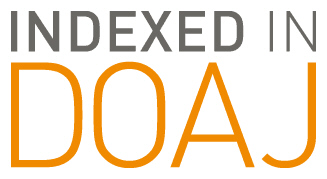Abstract
National and state education policies continue to reflect a growing concern for educating the student at risk of dropping out of school. With the No Child Left Behind (NCLB) Act of 200I, it was expected that all ·public schools be held accountable in addressing remedies and preventative measures for dropouts. Since, 2001, backed by policy in thirty-three states, local education agencies have turned to alternative educational programs to decrease dropout and increase graduation rates (Jobs for the Future (JFF), 2009). While state policy, in general, gives districts latitude to develop these programs, it is often left to alternative school educators to provide meaningful learning experiences to at-risk students (Ruiz de Velasco et al., 2008). On one hand, NCLB's challenge for educators to "develop and execute plans of action they believe will effectively address achievement gaps,t (Evans, 2009; pg. 64), resonates with the flexibility and concentrated best practices found in alternative education. However, questions arise when alternative school teachers and principals are expected to follow increasingly stringent accountability policies.
Recommended Citation
Hemmer, Lynn M.
(2018)
"Response to Accountability Policies by Principals and Teachers of Alternative Education: A Cross Case Analysis,"
School Leadership Review: Vol. 9:
Iss.
1, Article 4.
Available at:
https://scholarworks.sfasu.edu/slr/vol9/iss1/4
Tell us how this article helped you.


